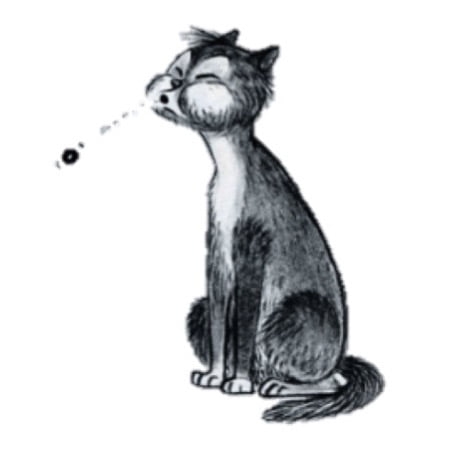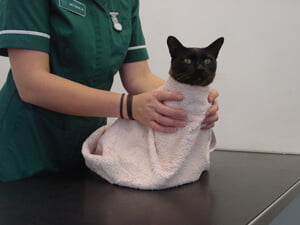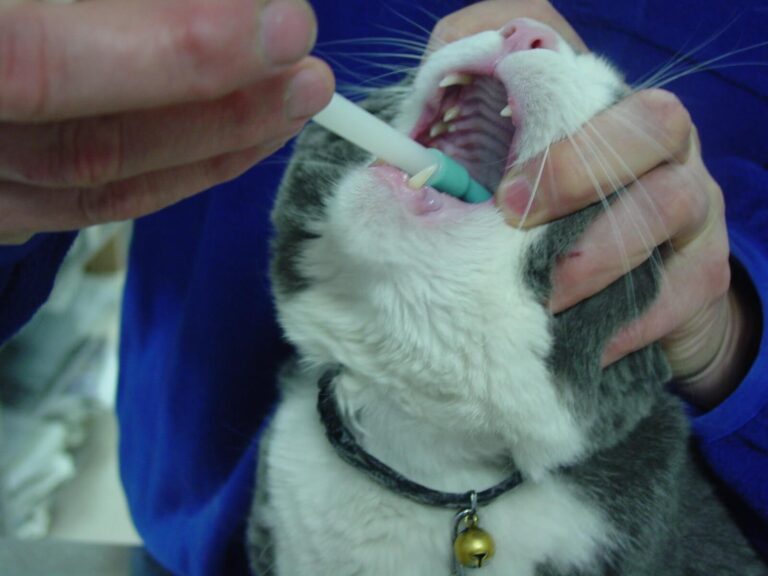Administering pills to your feline companion animal is one of the most challenging tasks a pet owner can face. It is one of the most challenging things a pet sitter can face as well. Dogs tend to be far easier as they are more apt to eat just about anything that tastes good whether it be a pill pocket, a chewable tablet or my go to method, peanut butter. Options for getting cats to take pills are far more limited. For one, giving a cat peanut butter is dangerous because it can get stuck in their mouth. Further, cats just seem smarter or more finicky about what they eat. Here are some tips:
Get a Demonstration
Ask your veterinarian or vet technician to demonstrate their technique. They can also aid you in the practice of giving the medication while at the clinic prior to trying it on your own at home.
Use Food
Utilizing food is a great positive method when it works. Some cats will consume pills in treat form or even when placed in or on the food. Some cats will even take a pill hidden in a treat or pill pocket. Unfortunately, this often seems to be the exception.
The down side to using food is that some pills disintegrate in wet food, negatively impacting the flavor of the food which could in turn dissuade your cat from taking it. The same can be true of crushing pills and placing it in food. Moreover, some pills cannot be crushed and you run the risk of improper dosing if your cat does not finish their food.
Feeding your cat food after giving medicine can act as a reward, creating a positive association. Most importantly, using food to give pills provides the opportunity for a convenient method and a positive experience between your cat and you.
Tricks
Wrapping your cat in a towel may provide a more safe and comfortable way to give them pills as it can prevent your cat from using its front or back paws to bat your hands or escape. Using a towel can be particularly useful in giving liquid medication as it enables one hand to hold the cat and one hand to hold the syringe.
Another tool is a pill popping or pill gun device which aids in pushing the pill in and towards the back of the mouth. Getting the pill towards the back of the cat’s mouth decreases the chance the cat will spit it up.
The downside to using these kinds of “forced” methods is that they tend to be inconvenient and that they may create a negative experience between your cat and you.
Compounding
Some pharmacies provide compounding services in which they specially formulate medicine into a specific form (small pill size, capsule, tablet, etc.) or flavor (fish, chicken, beef, etc.). Sometimes they can even combine multiple medications into one pill. The potential downside to this type of service is cost. The likely ease and positive experience provided by compounding is self-explanatory.
In the end, it all depends on the cat involved, as they are all different. Regardless of how you choose to give your cat pills, it is important to remember to reward them with treats, toys or physical affection after as they may not understand that our behavior is not intended to torture them, but rather because they are loved.
This article was adapted from The North Jersey Record and authored by Oradell Animal Hospital’s Katie Reynolds, D.V.M. The original title was “Pets: Tips for Giving Oral Medications to Your Cat.”



